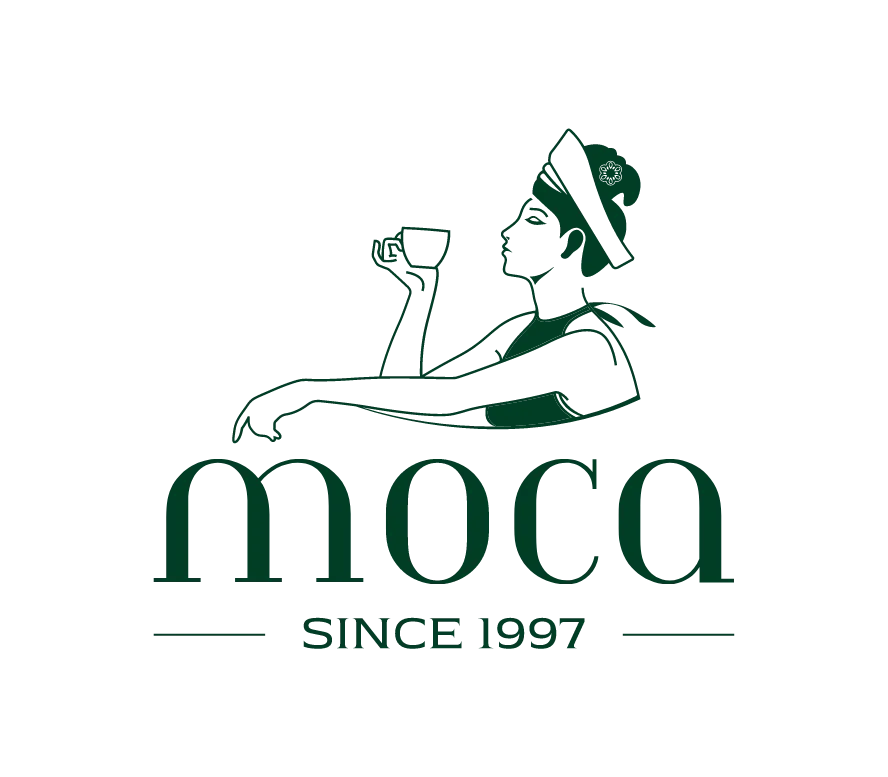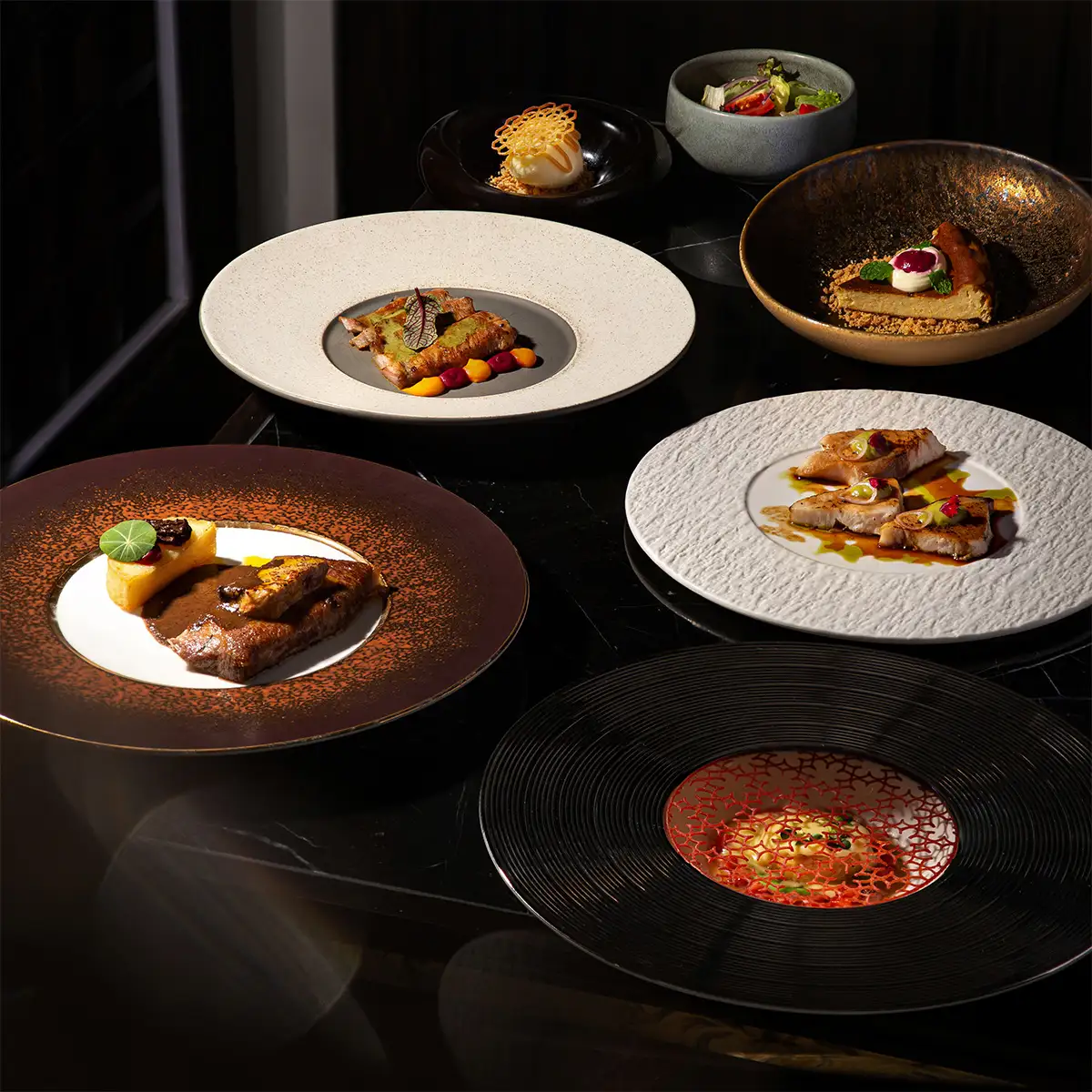The Michelin Star is arguably the most prestigious award a restaurant can receive, a symbol of culinary excellence recognized globally. But how restaurants get Michelin stars, and when can a restaurant get Michelin stars? This article delves into the intricate process, drawing from the rich history and rigorous criteria of the Michelin Guide, to illuminate the path to achieving this coveted honor. We'll explore the key elements that Michelin inspectors consider, offering insights into what it takes to reach the pinnacle of the fine dining world.
1. The criteria for earning a Michelin Star
The journey to earning a Michelin Star is paved with dedication to excellence across several key areas. Michelin inspectors meticulously evaluate restaurants based on five core criteria, ensuring that only the most exceptional establishments are recognized. Understanding these criteria is crucial to understanding how restaurants get Michelin stars.
- Quality of ingredients: At the heart of every Michelin-starred meal lies an unwavering commitment to sourcing the finest ingredients. Restaurants must prioritize fresh, seasonal, and top-quality produce, meats, and seafood. This means forging strong relationships with local farmers, fishermen, and suppliers who share a passion for quality. For example, a restaurant might source its vegetables from a nearby organic farm, ensuring peak freshness and flavor. The Michelin Guide emphasizes that the quality of ingredients is non-negotiable.
- Mastery of flavor and cooking techniques: Exceptional ingredients alone are not enough. Chefs must possess a profound understanding of flavor profiles and demonstrate mastery of cooking techniques. This includes precision in execution, creativity in combining flavors, and a deep respect for the integrity of each ingredient. Techniques such as sous vide, molecular gastronomy, and traditional methods are all employed to elevate the dining experience. The Michelin Guide looks for a balance of innovation and classic techniques, showcasing the chef's skill and artistry.
- The personality of the chef: A Michelin Star is not just about technical skill; it's also about the chef's unique vision and passion. The food should reflect the chef's personality, background, and culinary philosophy. This might manifest in innovative dishes that push boundaries or in reinterpretations of classic recipes that showcase the chef's individual style. The Michelin Guide values authenticity and originality, seeking restaurants where the chef's personality shines through.
- Value for money: While Michelin-starred restaurants are often associated with high prices, the Michelin Guide also considers whether the dining experience justifies the cost. This doesn't necessarily mean that the restaurant must be inexpensive, but rather that the quality of the food, service, and ambiance should be commensurate with the price. Diners should feel that they are receiving an exceptional and memorable experience that is worth the investment.
- Consistency: Perhaps the most challenging criterion is consistency. Restaurants must maintain a high level of quality consistently across the entire menu and over time. This requires meticulous attention to detail, rigorous quality control, and a dedicated team that is committed to excellence. Michelin inspectors may visit a restaurant multiple times to assess its consistency before awarding a star. This is a critical aspect of when a restaurant can get Michelin stars – it's not just about one exceptional meal, but sustained excellence.
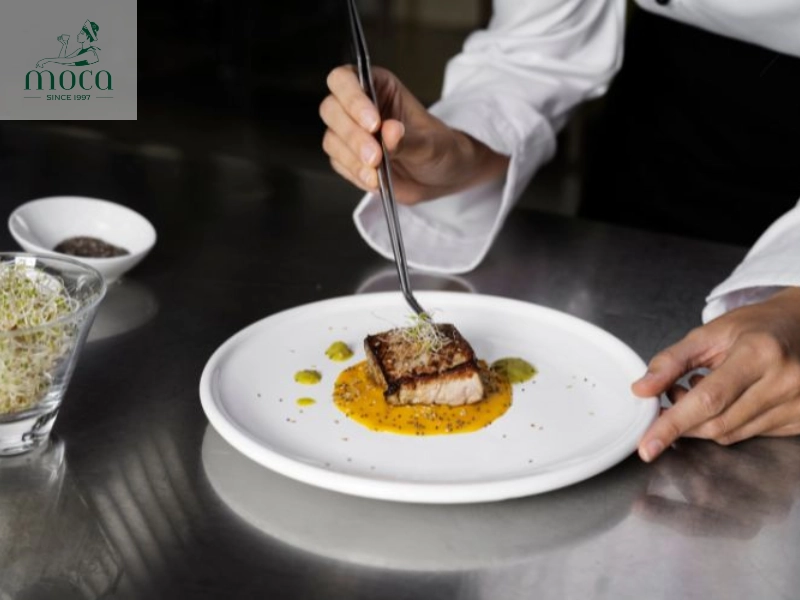
Michelin Stars are earned through outstanding ingredients, expert technique, personal vision, value, and unwavering consistency.
Learn more: Michelin Chef Recipes: Bring Starred Cuisine to Your Kitchen
2. The role of the michelin inspectors
The integrity of the Michelin Guide rests on the professionalism and impartiality of its inspectors. These individuals play a crucial role in determining how restaurants get Michelin stars, ensuring that the awards are based on merit and consistent quality. Here's a closer look at their methods:
- Anonymity: To maintain objectivity, Michelin inspectors operate anonymously. They visit restaurants like regular customers, making reservations under assumed names and paying for their meals. This allows them to experience the restaurant in the same way as any other diner, ensuring an unbiased assessment of the food, service, and ambiance. This anonymity is paramount to the fairness of the Michelin Guide and prevents restaurants from receiving preferential treatment.
- Experience and expertise: Michelin inspectors are not just food critics; they are experienced professionals with a deep understanding of the culinary and hospitality industries. Many have backgrounds as chefs, restaurant managers, or sommeliers. This expertise allows them to evaluate restaurants with a discerning eye, assessing not only the taste of the food but also the technical skill, creativity, and overall dining experience. Their training is rigorous, ensuring they can consistently apply the Michelin Guide's criteria.
- Objectivity: Objectivity is a cornerstone of the Michelin inspection process. Michelin inspectors are trained to be unbiased in their assessments, focusing solely on the quality of the restaurant's offerings. They are not influenced by personal preferences, media hype, or the restaurant's reputation. Their evaluations are based solely on the five core criteria: quality of ingredients, mastery of flavor and cooking techniques, the personality of the chef, value for money, and consistency.
- Multiple visits: Determining when a restaurant can get Michelin stars often requires multiple visits. Michelin inspectors may visit a restaurant several times before making a final decision. This allows them to assess the restaurant's consistency over time and across different menu items. They may visit during peak hours and off-peak hours, on weekdays and weekends, to get a comprehensive understanding of the restaurant's performance. These multiple visits ensure that the Michelin Star is awarded to restaurants that consistently deliver exceptional quality.
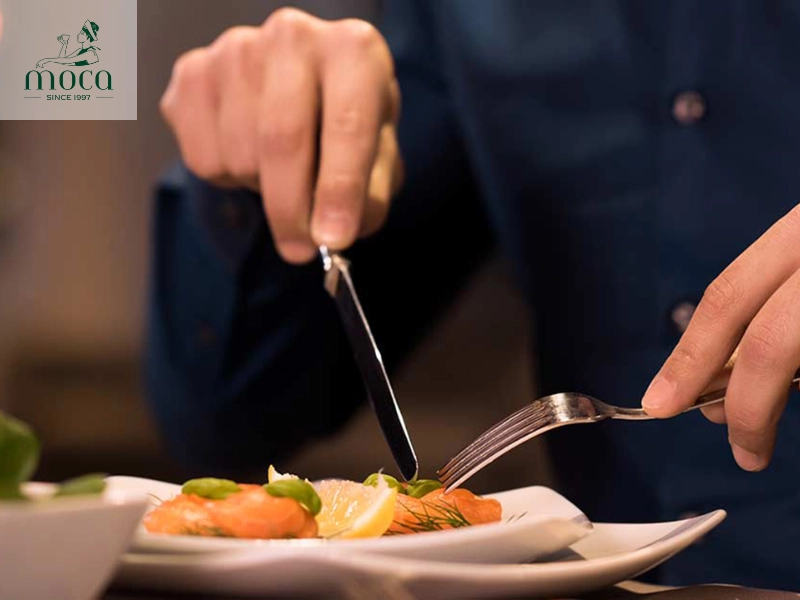
Michelin inspectors work anonymously and objectively, using expertise and multiple visits to ensure fair, consistent evaluations.
3. The Michelin star rating system explained
The Michelin Guide uses a star rating system to distinguish the best restaurants, providing a clear indication of the dining experience one can expect. Understanding these ratings is key to appreciating how restaurants get Michelin stars and what each level represents. The system focuses on the quality of the food; the restaurant's comfort level or decor is assessed separately.
- One Star: "A very good restaurant in its category." A one-Michelin-star restaurant is recognized for its quality cooking and is worth a stop if you're in the area. This signifies a restaurant that consistently prepares excellent dishes using quality ingredients. It's an indication that the restaurant is a reliable choice for a satisfying meal. Achieving one Michelin star is a significant accomplishment and a testament to the chef's skill and dedication.
- Two Stars: "Excellent cooking, worth a detour." A two-Michelin-star restaurant offers excellent cooking and is worth making a special trip to visit. This indicates a restaurant that has exceptional cuisine, skillfully crafted dishes, and a more refined dining experience. The chef demonstrates a higher level of creativity and mastery, making the restaurant a destination in itself. Diners can expect a memorable and elevated culinary journey.
- Three Stars: "Exceptional cuisine, worth a special journey." A three-Michelin-star restaurant represents the pinnacle of culinary achievement. It offers exceptional cuisine that is worth planning an entire trip around. This is the highest honor the Michelin Guide bestows, signifying a restaurant that delivers an unparalleled dining experience. The cuisine is often innovative, technically perfect, and emotionally resonant. A three-Michelin-star restaurant is a destination that defines culinary excellence. It is rare to find restaurants that achieve this, which makes it all the more special.
The Michelin Guide does not hand out stars lightly. The rating system is stringent and rewards consistency, which helps explain when a restaurant can get Michelin stars.
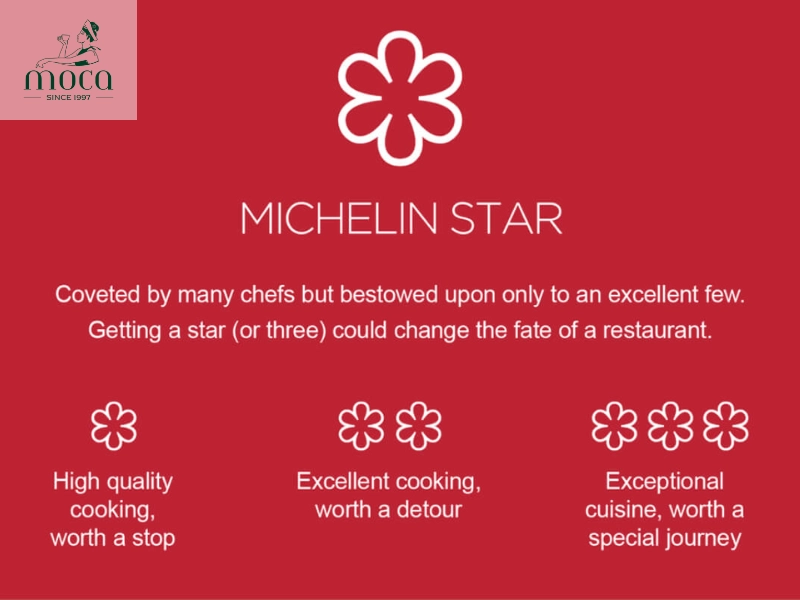
The Michelin Star rating system distinguishes culinary excellence—from very good cooking to truly exceptional cuisine worth a special journey.
Learn more: How Many Michelin Star Restaurant In Viet Nam
4. What restaurants can do to improve their chances of earning a Michelin Star
While there's no guaranteed formula for earning a Michelin Star, restaurants can significantly improve their chances by focusing on key areas that align with the Michelin Guide's criteria. These strategies emphasize a commitment to culinary excellence and a dedication to providing an exceptional dining experience. Understanding these elements is crucial for any establishment aspiring to understand how restaurants get Michelin stars.
- Focus on quality: This is paramount. Prioritize the quality of ingredients and cooking techniques above all else. Source the freshest, seasonal, and highest-quality ingredients available. Invest in skilled chefs who possess a deep understanding of flavor profiles and demonstrate mastery of cooking techniques. Continuously refine your dishes and strive for perfection in every aspect of food preparation.
- Develop a unique culinary identity: Showcase the chef's personality and creativity through your cuisine. Develop a menu that reflects your unique culinary philosophy and sets you apart from the competition. Don't be afraid to experiment with new flavors and techniques, but always stay true to your vision. The Michelin Guide values originality and authenticity.
- Maintain consistency: Consistency is key to earning and maintaining a Michelin Star. Ensure that every dish is prepared to the same high standard, regardless of the time of day or the volume of customers. Implement rigorous quality control measures and train your staff to adhere to strict standards. Michelin inspectors often visit restaurants multiple times to assess consistency, which impacts when a restaurant can get Michelin stars.
- Provide excellent service: Create a welcoming and memorable dining experience for every guest. Train your staff to be attentive, knowledgeable, and professional. Pay attention to every detail, from the ambiance and décor to the table settings and the wine list. The Michelin Guide considers the overall dining experience, not just the food.
- Stay true to your vision: Ultimately, the best way to improve your chances of earning a Michelin Star is to focus on pleasing your customers and creating exceptional food, rather than solely chasing accolades. Stay true to your culinary vision and let your passion for food shine through. The Michelin Guide recognizes restaurants that are authentic and driven by a genuine desire to provide a memorable dining experience.
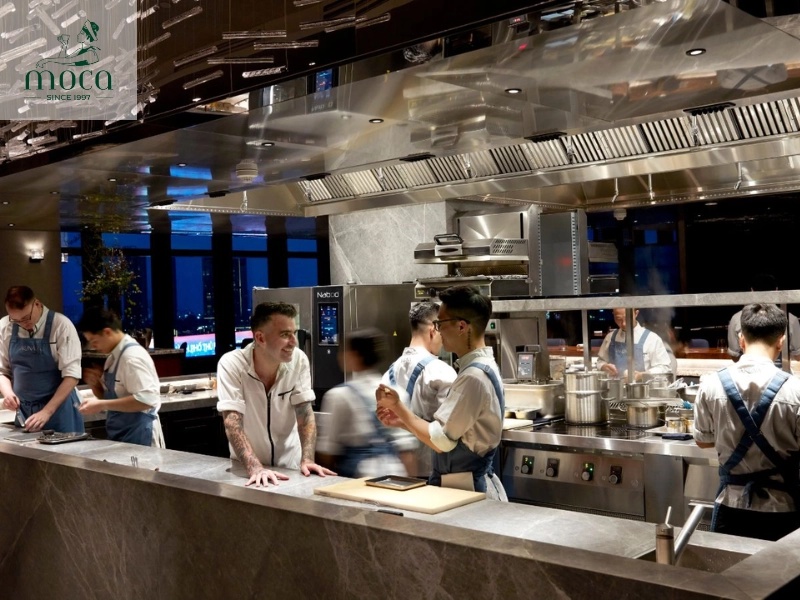
Restaurants improve their chances of earning a Michelin Star by focusing on quality, consistency, originality, and an unwavering commitment to excellence.
5. The impact of a Michelin Star
Earning a Michelin Star is a transformative achievement for any restaurant, bringing significant benefits and increased visibility on a global scale. Understanding the impact helps to illustrate why restaurants strive to understand how restaurants get Michelin stars. However, it also brings added pressure to maintain the high standards that earned the star in the first place.
- Increased recognition and prestige: A Michelin Star significantly boosts a restaurant's reputation, elevating its status within the culinary world. It signals to diners, critics, and industry professionals that the restaurant has achieved a high level of culinary excellence. This recognition can lead to increased media coverage, invitations to prestigious events, and collaborations with other renowned chefs.
- Attracting diners: Michelin-starred restaurants attract food enthusiasts from around the world. Diners are often willing to travel great distances and pay premium prices to experience the cuisine of a Michelin-starred establishment. This influx of diners can lead to increased business and revenue, as well as greater exposure to a wider audience. The Michelin Guide serves as a powerful marketing tool, driving traffic to restaurants that have earned its coveted stars.
- Financial benefits: The increased recognition and influx of diners translate into tangible financial benefits. Michelin-starred restaurants often experience a significant increase in revenue, allowing them to invest in further improvements to their facilities, staff, and menu. This financial stability can also provide opportunities for expansion and growth.
- Pressure to maintain standards: While the rewards of earning a Michelin Star are substantial, they also come with increased pressure to maintain exceptional quality. Michelin-starred restaurants are constantly under scrutiny, with diners and critics alike expecting a consistently flawless experience. This requires a relentless commitment to excellence and a dedication to upholding the high standards that earned the star in the first place. The question of when a restaurant can get Michelin stars is often followed by the question of how they can keep them.
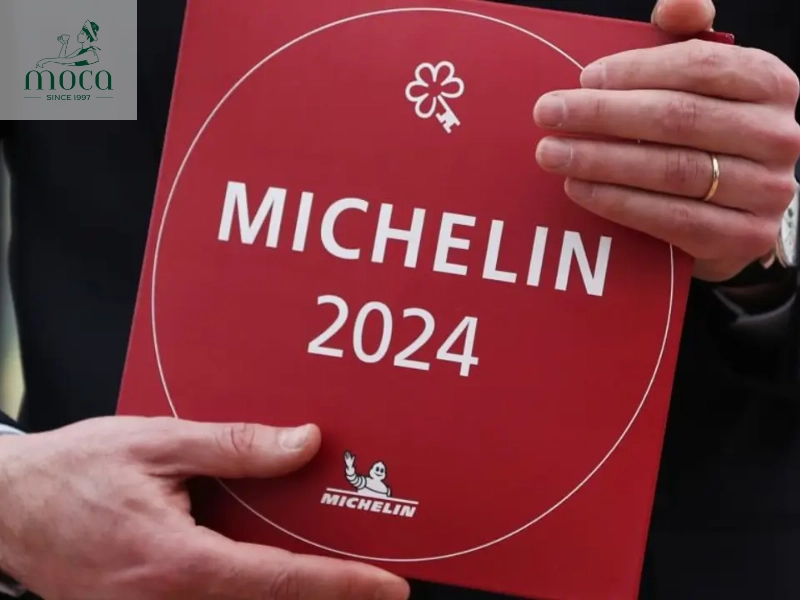
A Michelin Star brings global recognition and new opportunities—but also the pressure to maintain the highest standards of excellence.
Earning a Michelin Star reflects a restaurant’s dedication to excellence. As we've seen, how restaurants get Michelin stars involves a rigorous process based on ingredient quality, technique, creativity, value, and consistency. It requires passion, innovation, and an unwavering commitment to delivering an exceptional dining experience. The Michelin Guide highlights these outstanding establishments, inviting diners to explore the artistry behind each star.
If you're looking for more reviews on Michelin stars restaurants, don't hesitate to check out Moca Dining for more insights!
For reservations and more information, simply visit Moca Dining’s official website or contact us directly. We're here to make your dining experience truly memorable.
Contact details
Moca Dining
16 Nha Tho, Hang Trong Ward, Hoan Kiem District, Hanoi
Tel: 0819961997 | 08.1997.202
